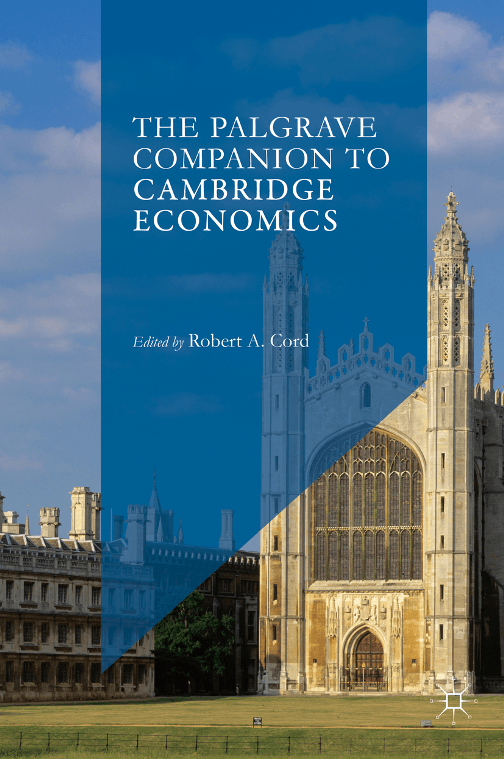There’s a new book, The Palgrave Companion To Cambridge Economics which features among other things biographies of Wynne Godley, Joan Robinson and Nicholas Kaldor and other notable Cambridge economists. Wynne Godley’s biography—Wynne Godley (1926-2010)—is by his closest collaborators – Francis Cripps and Marc Lavoie (pp. 929-953)
You can access the book on Springer, if you have subscription or preview it on Google Books.
Excerpt:
One interpretation of Godley’s theoretical work is that it is a quest for the Holy Grail of Keynesianism. Keynesians of all stripes had for a long time mentioned the need to integrate the real and the monetary sides of economics. Integration was all the talk, but for a long time, little seemed to be achieved … The main purpose of the Godley and Cripps’s 1983 book is to amalgamate the real and the financial sides, providing a theory of real output in a monetary economy …
Godley believed that Keynesian orthodoxy ‘did not properly incorporate money and other financial variables’ (ibid.: 15). Godley and Cripps and their colleagues ‘found quite early on that there was indeed something deficient in most macroeconomic models of the time’, including their own, ‘in that they tended to ignore constraints which adjustments of money and other financial assets impose on the economic system as a whole’ (ibid.: 16). Interestingly, Godley was aware of the work being carried out at about the same time by Tobin and his Yale colleagues, as well as by others such as Buiter, Christ, Ott and Ott, Turnovsky, and Blinder and Solow, who emphasized, as Godley and Cripps (ibid.: 18) did, that ‘money stocks and flows must satisfy accounting identities in individual budgets and in an economy as a whole’. Still, Godley thought that the analysis of the authors in this tradition was overly complicated, in particular because they assumed some given stock or growth rate of money, ‘leaving an endogenous rate of interest to reconcile’ this stock of money with the fiscal stance (Godley 1983: 137). Godley and Cripps (ibid.: 15) were also annoyed by several of the behavioural hypotheses found in the work of these more orthodox Keynesians, as they ‘could only give vague and complicated answers to simple questions like how money is created and what functions it fulfils’. The Cambridge authors thus wanted to start from scratch, with their own way of integrating the real and the financial sides, thus avoiding these ‘tormented replies’ (ibid.) …
Ultimately, Godley’s desire to present a definitive treatise based on consistent macroeconomic accounting gave rise, nearly 25 years later, to the Monetary Economics book (Godley and Lavoie 2007a) …
